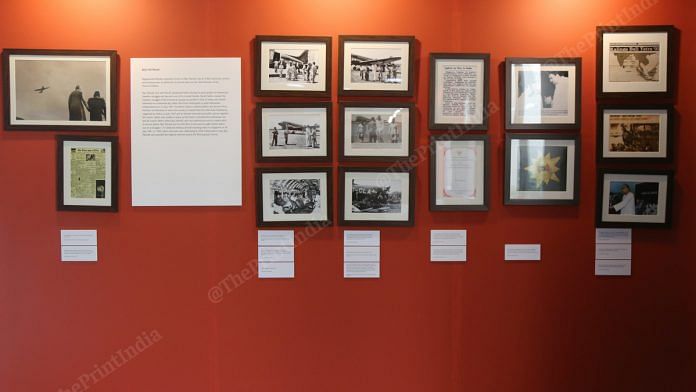New Delhi: A special wall was dedicated to former Odisha chief minister Biju Patnaik when the Indonesian Embassy organised an exhibition at the Nehru Memorial Museum and Library in Delhi last month.
Held from 25 to 29 February, the exhibition titled ‘A Moment of Reflection’ celebrated 70 years of relations between India and Indonesia. The wall honouring Patnaik was in the prestigious ‘Prime Ministers’ section of the event.
A look at some of the images shows his contributions to India’s freedom struggle, his friendship with Jawaharlal Nehru, and why Patnaik was hailed as a hero in Indonesia.
Patnaik was conferred Indonesia’s ‘Bintang Jasa Utama’ award for the heroic role he had played when Dutch colonialists had tried to gain control over the country in 1947. An ace pilot who had started training at the Delhi Flying Club in 1930, had joined the Royal Indian Air Force in 1936.

Patnaik played a significant role in the Indian freedom struggle. He had air-dropped leaflets on the Quit India Movement for Indian soldiers fighting against Myanmar as part of the British Indian armed forces. He also helped ferry freedom fighters from one place to another during the Independence struggle.
It was also during this time that he became friends with Jawaharlal Nehru.
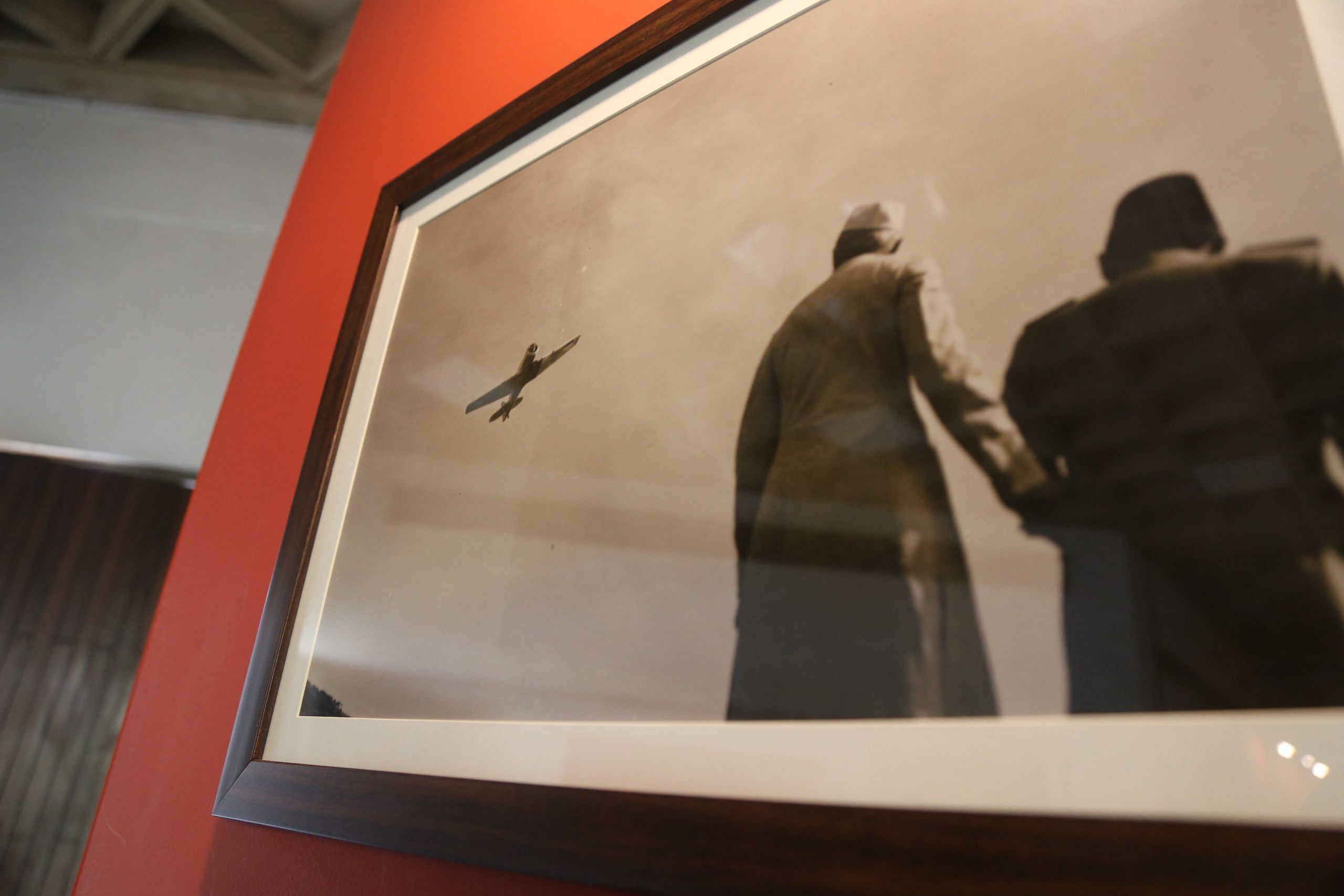
The former Odisha CM had also founded the Kalinga Airlines that operated the Dakota planes in the early years of Independence. These planes played a significant role in Indonesia. In 1953, Kalinga Airlines merged with the Indian Airlines.
Indonesia was freed from Dutch rule in 1945, after which Indonesia’s first President Sukarno along with its Prime Minister Sutan Sjahrir formed an independent government in the country.

However, the year after, in 1946, the Dutch started invading Indonesia again and launched a full-fledged attack in July 1947.
The Dutch army had put Sjahrir under house arrest in Jakarta.
Patnaik was asked by Nehru to fly Sjahrir and then vice-president Mohammad Hatta out of Java so they could broadcast Indonesia’s plight to the rest of the world.
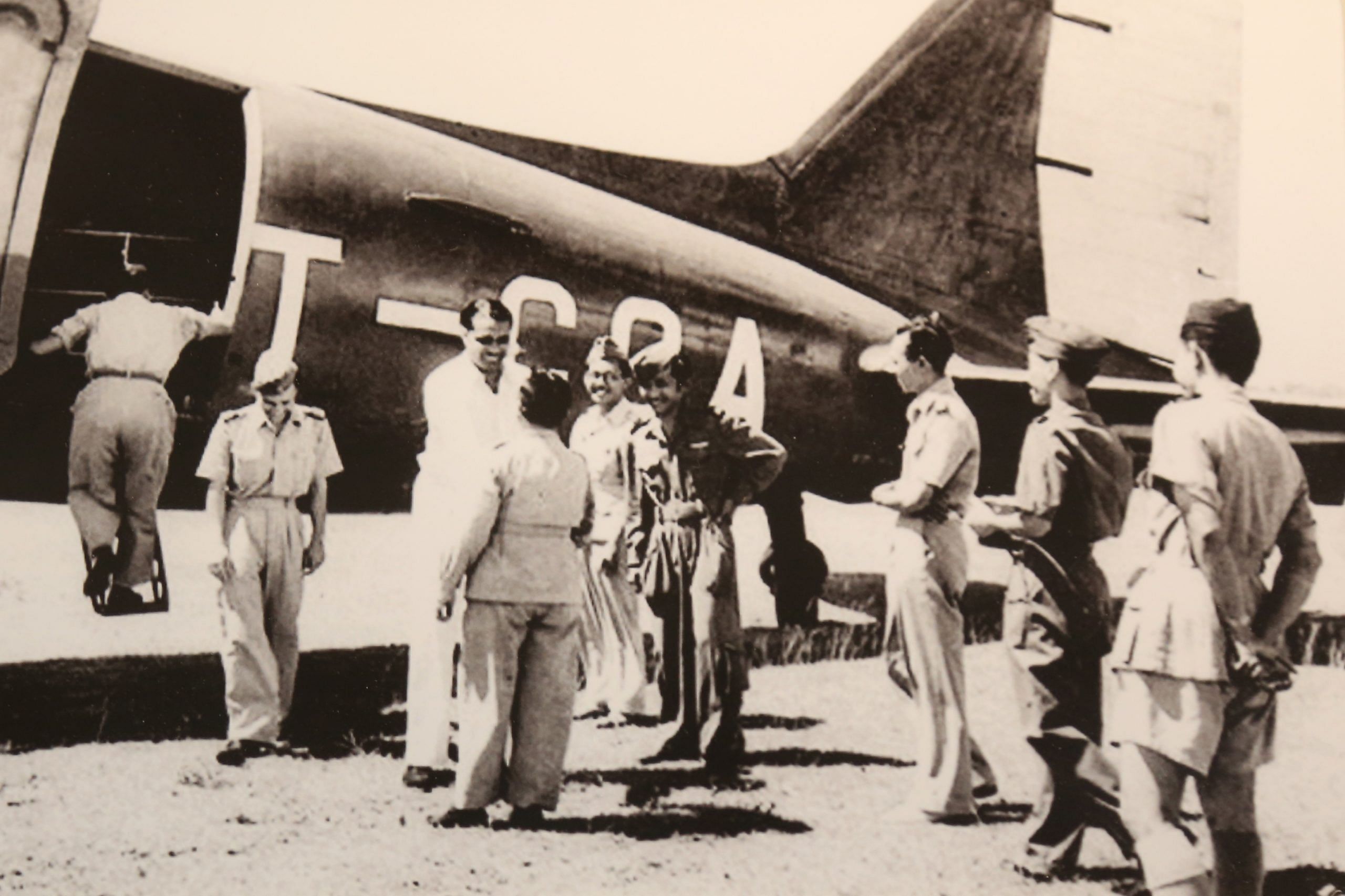
Patnaik, along with his wife Gyana Devi, reached Jakarta on 21 July 1947. On his way from Singapore to the Java Islands, the Dutch had threatened to shoot down his aircraft, but nothing stopped him. He safely flew Sjahrir and Hatta to Singapore, and on to India.
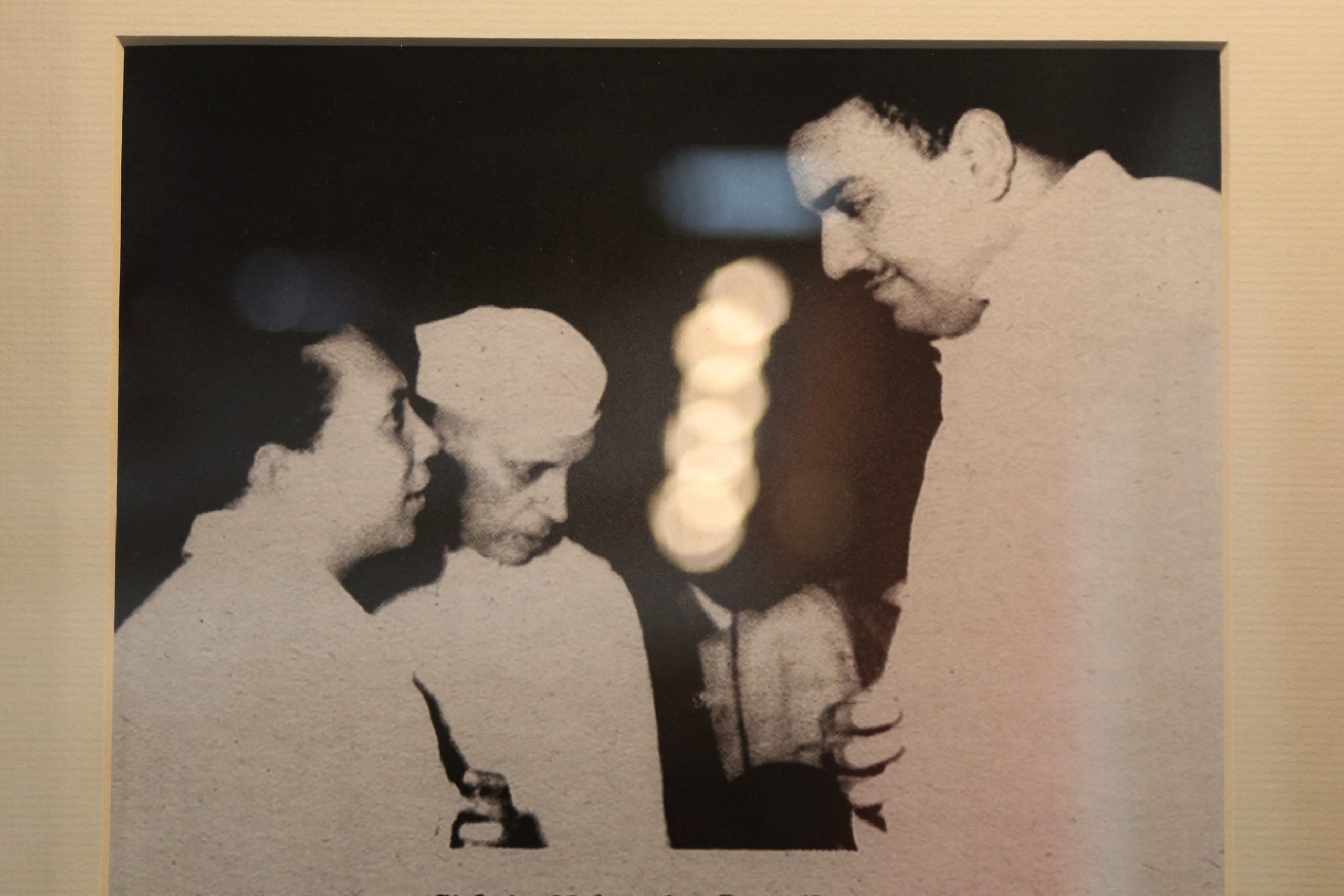
In 1950, the Indonesian government rewarded Patnaik with a piece of forest land and a palatial building but he did not accept the offer. He was also given an honorary citizenship of Indonesia and awarded the ‘Bhoomi Putra’, a recognition rarely granted to a foreigner.
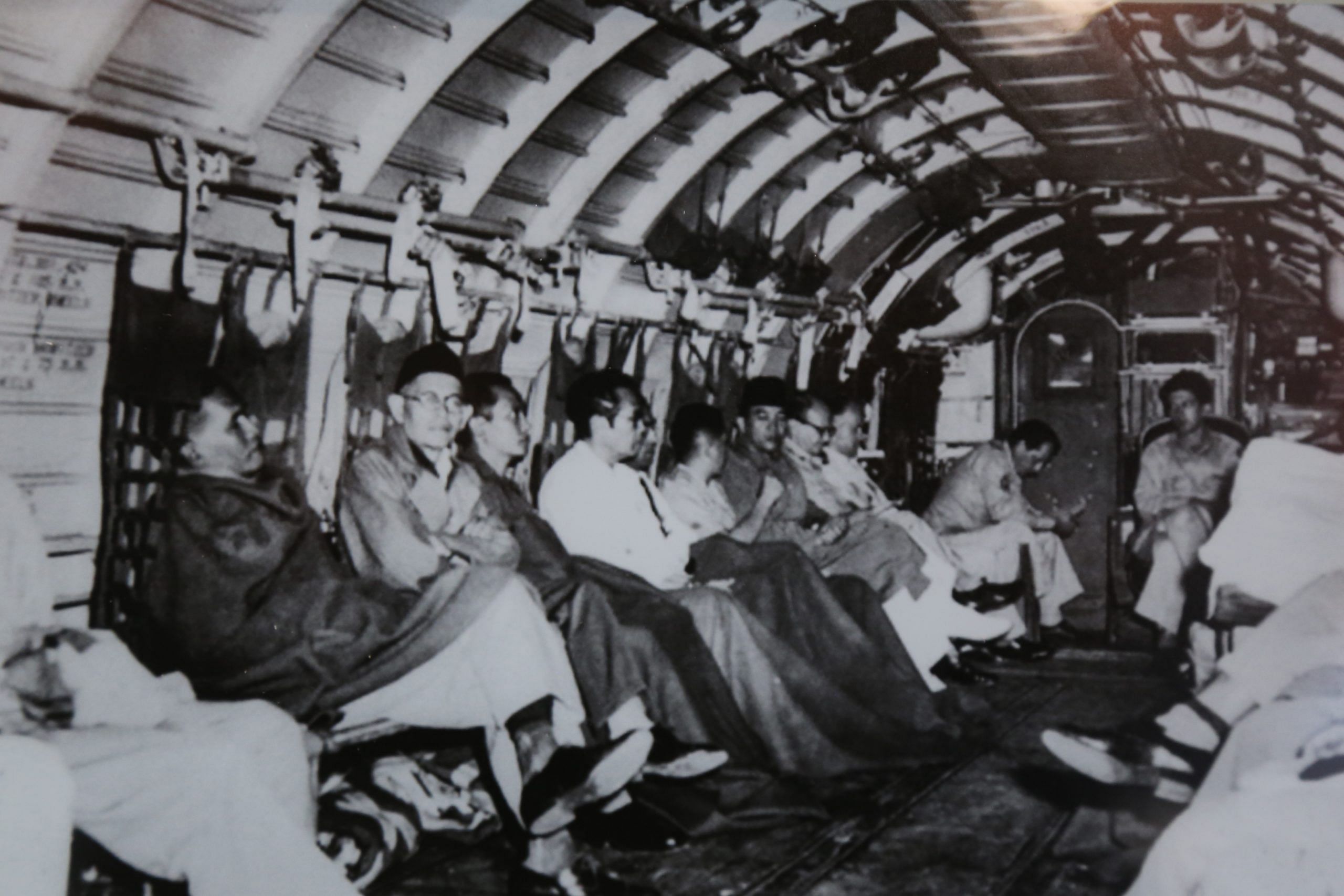
A Douglas C-47B-20-Dakota plane was shot down by the Dutch in July 1947 when Patnaik lent it to transport humanitarian aid to the Indonesian Red Cross. Later, the Dutch compensated the Indian government by giving a plane, which in turn was handed over to Indonesia.
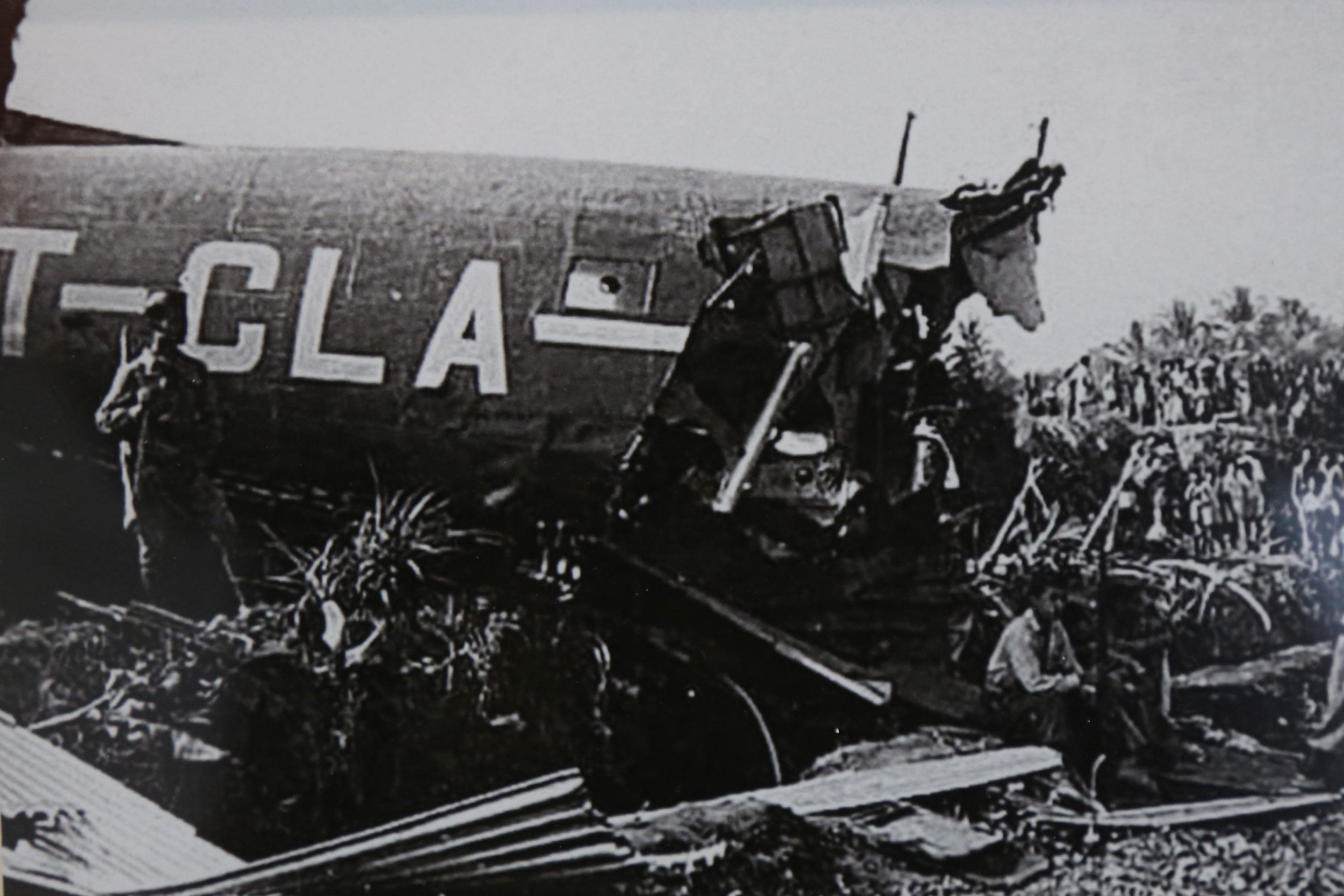
According to Peristiwa Heroik 29 Juli, 1947, a book compiled by the Sub-Service of History, Public Relations and Media Directorate of the Indonesian Air Force, Patnaik had travelled to Indonesia in 1947 for more than two weeks to train pilots in the country.
Patnaik also revived the old Kalinga Bali Yatra in 1992, to find out the old trade route between Indonesia and Odisha. The sailboat INSV-SAMUDRA began its journey from Paradeep in 1992 and reached Bali in 1993. Today, the Kalinga Bali Yatra is still celebrated in Odisha’s Cuttack.
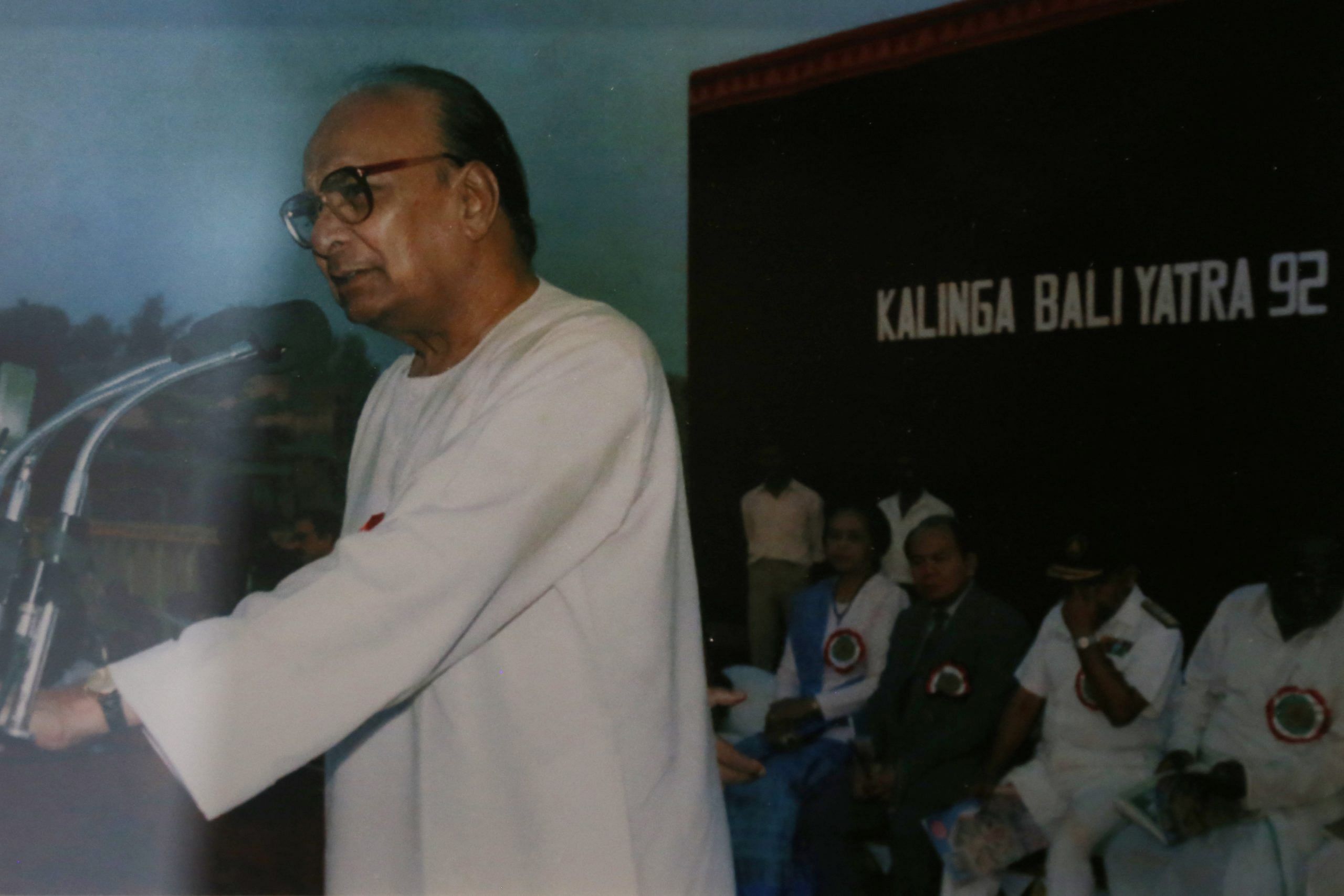
Patnaik’s relations with Indonesia had a personal touch too. He had persuaded president Sukarno to name the latter’s daughter Megawati, who later became the President of Indonesia.



